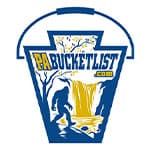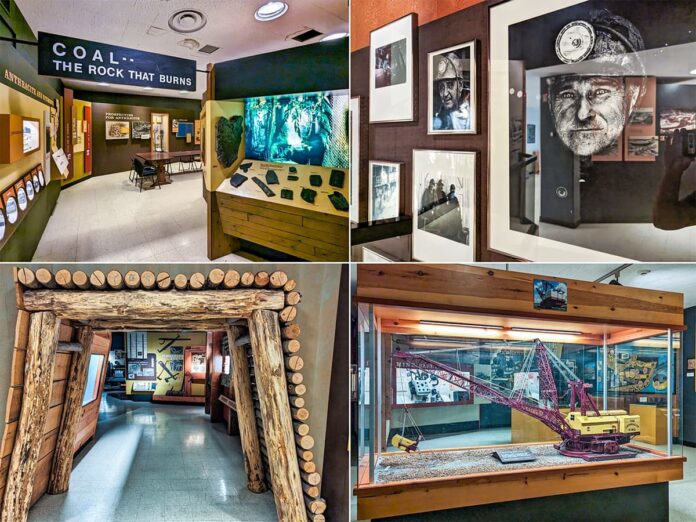
If you’re looking for information about visiting the Museum of Anthracite Mining in Ashland, you’re in the right place!
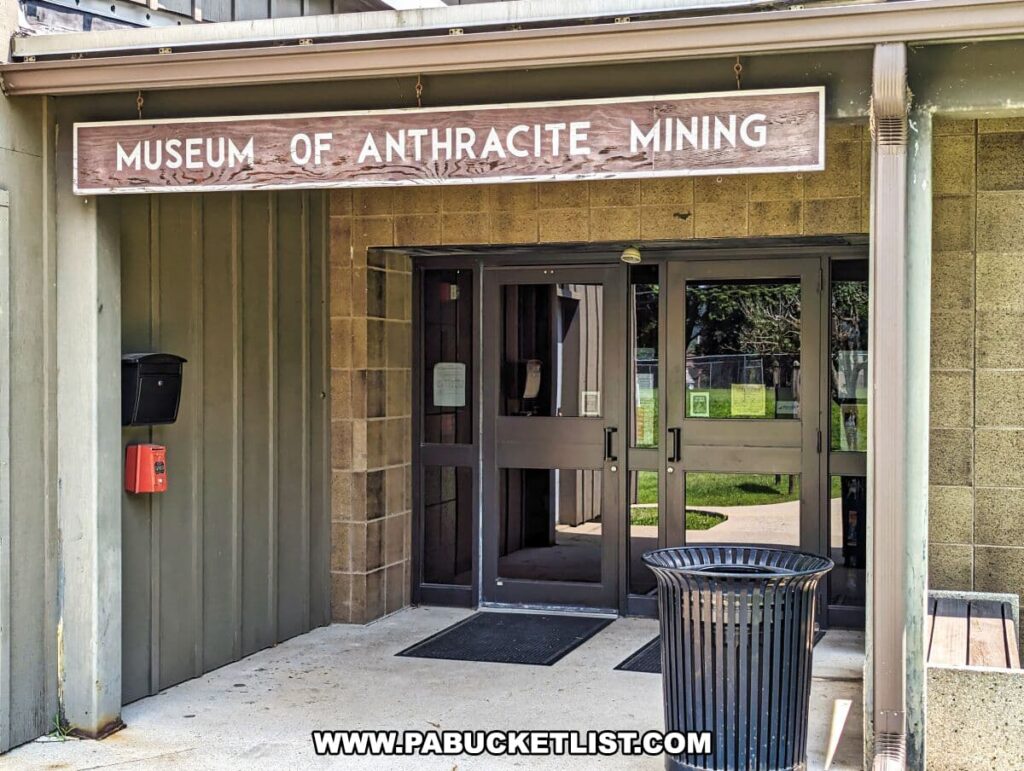
Located in Schuylkill County, in the heart of Pennsylvania’s anthracite coal country, the Museum of Anthracite Mining is a hidden gem that offers a deep dive into the coal history that shaped the region and the country.
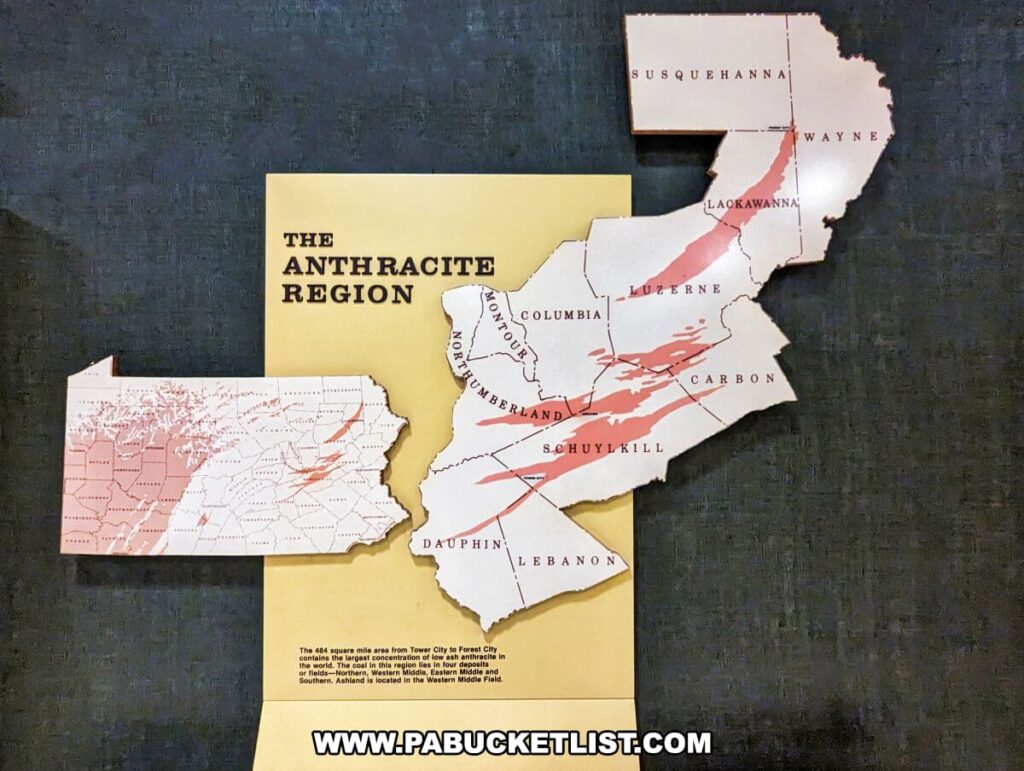
For anyone interested in American industrial history, a visit to this museum is an enlightening and moving experience.
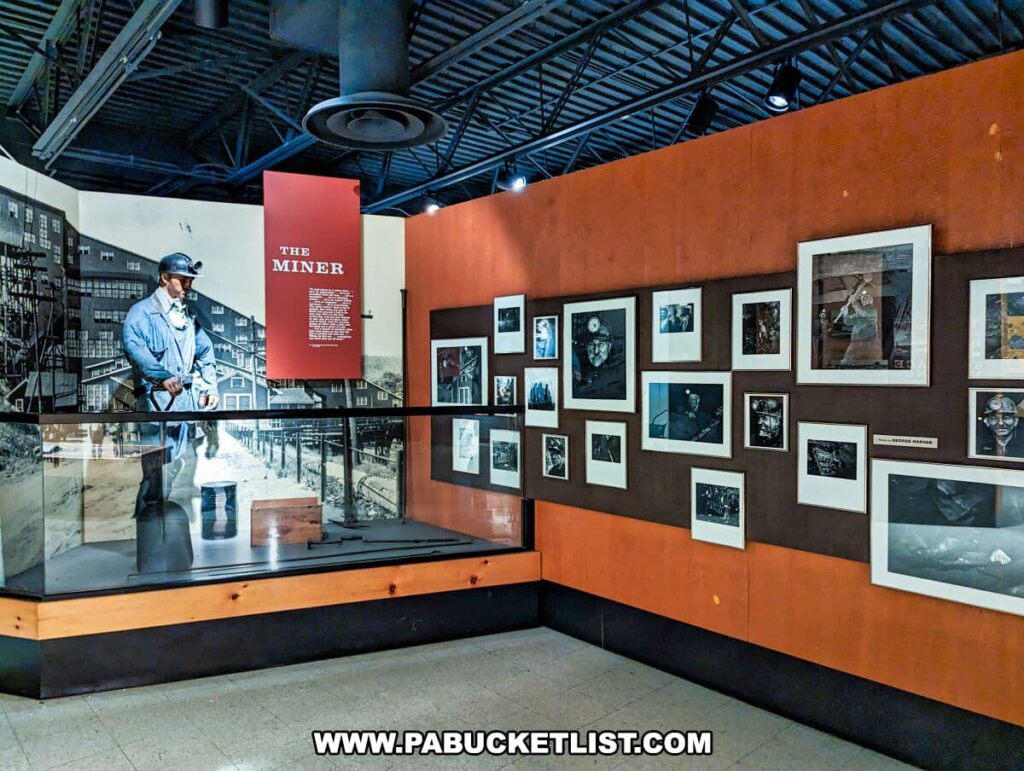
Directions | Hours | Admission Fees
The Museum of Anthracite Mining is located at 401 South 18th Street, Ashland, PA 17921.
The museum is housed in the same building as the Ashland Borough Hall, and is open the same hours as the borough offices as well: Monday – Friday from 8am – 4pm, closed major holidays.
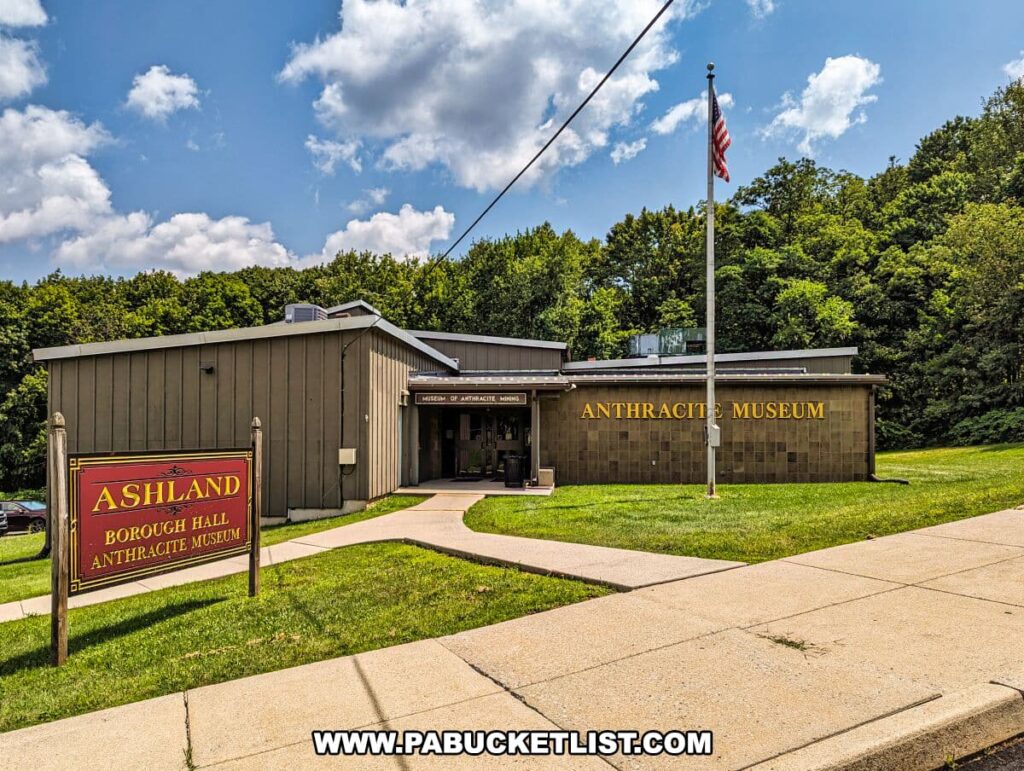
The museum is located right around the corner from Pioneer Tunnel Coal Mine, a former working coal mine now operated as a tourist attraction and living history museum.
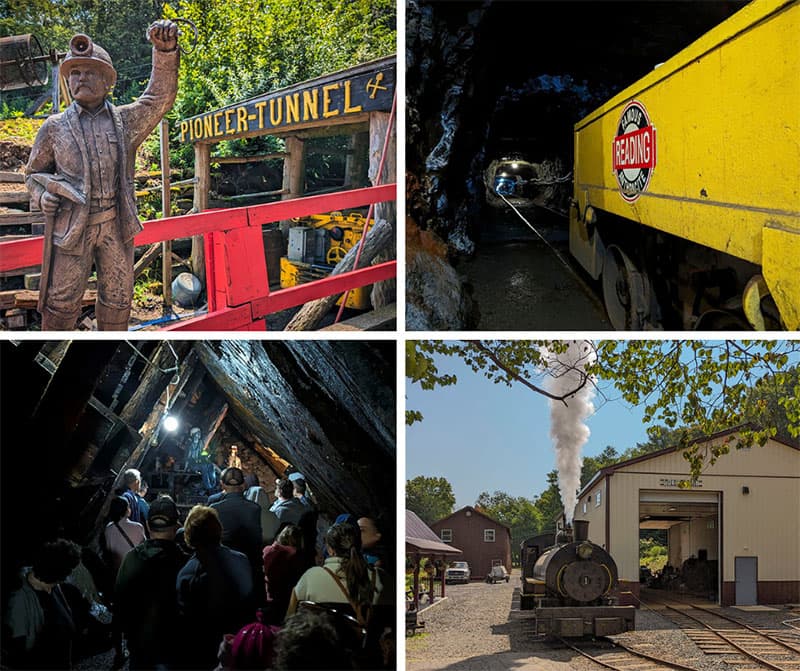
Admission to the Museum of Anthracite Mining is free.
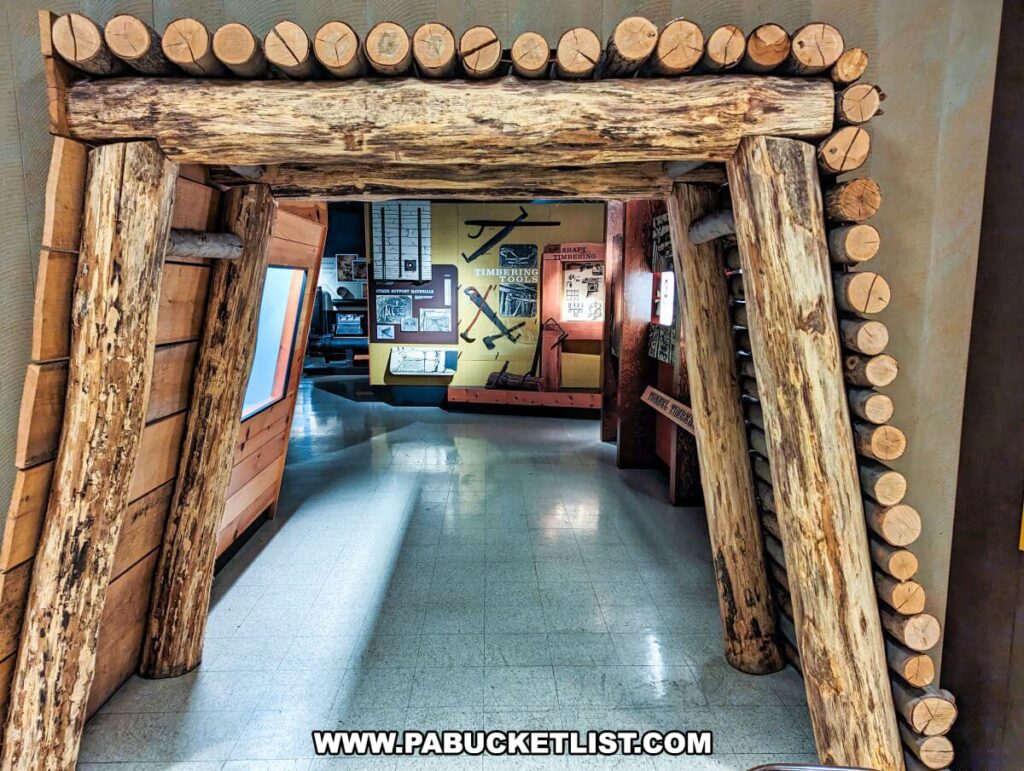
What You’ll See at the Museum
As you walk through the entrance, adorned with the bold declaration ‘COAL: THE ROCK THAT BURNS,’ you’ll feel a sense of stepping back in time.
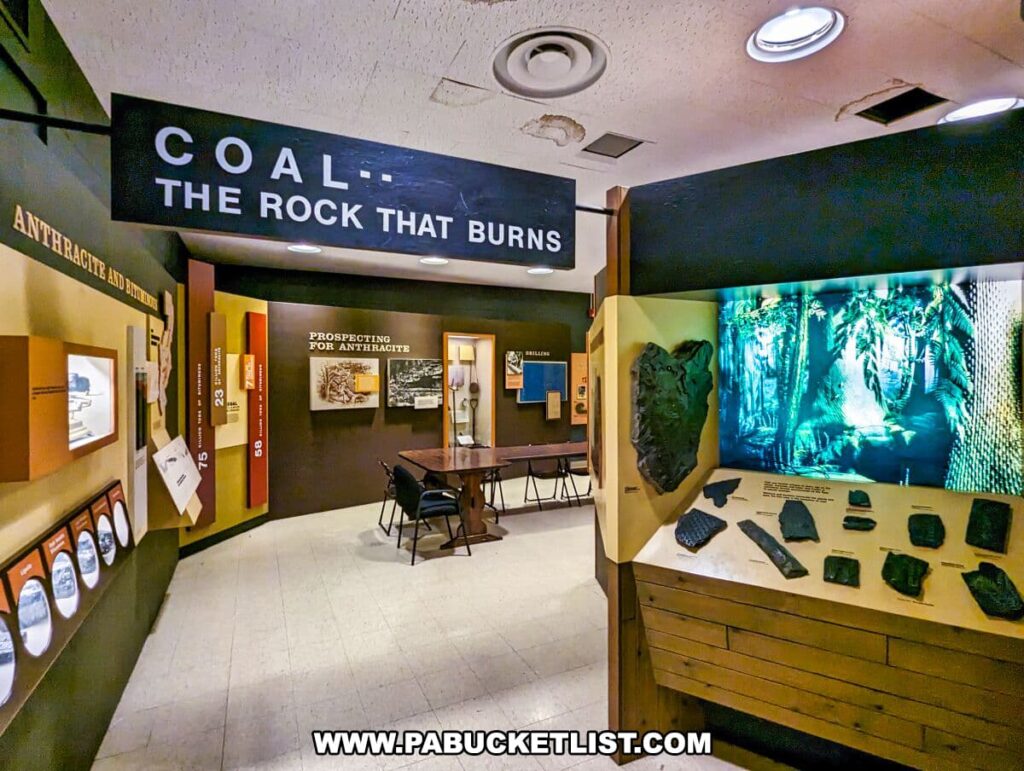
In fact, you’ll step back in time millions of years at first, as you learn about the formation of anthracite coal and how if differs from the more common bituminous coal that dominates western Pennsylvania’s coal fields.
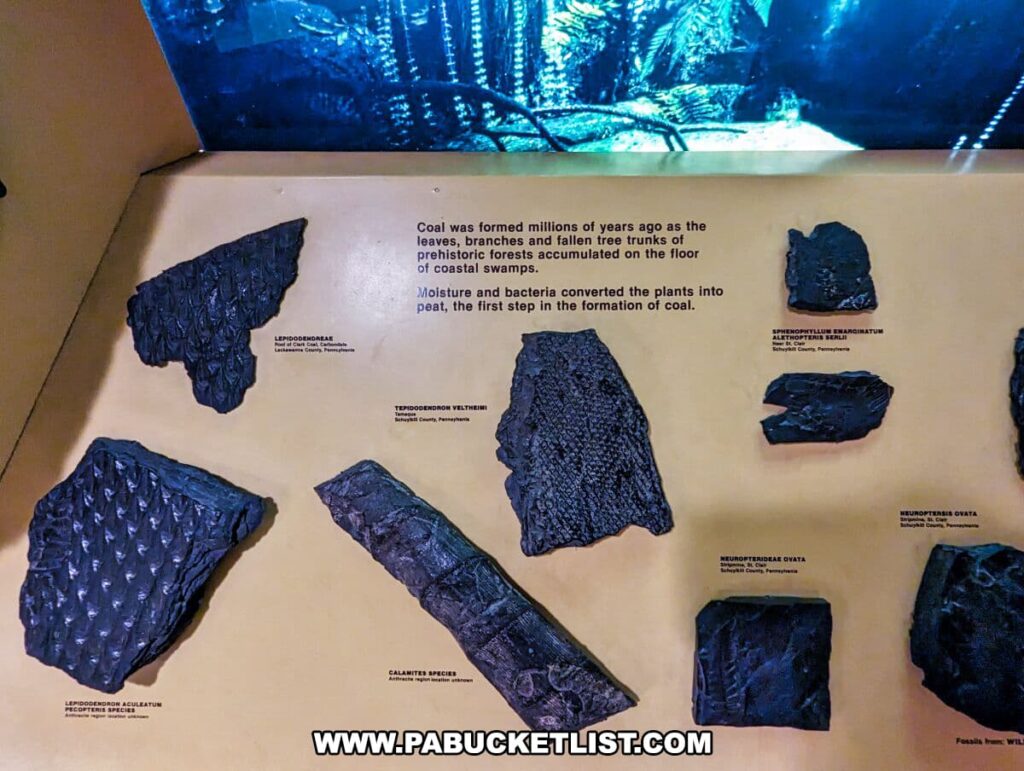
The exhibits progress chronologically, from how anthracite coal is located to how it was/is extracted.
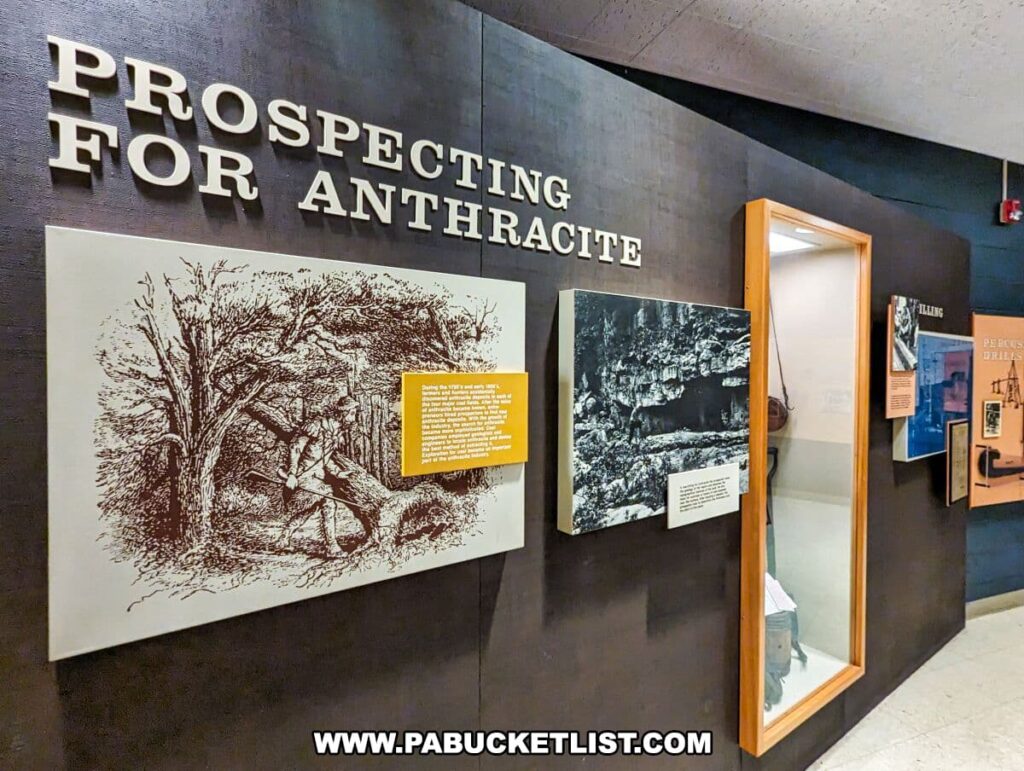
The museum does an incredible job of showcasing the evolution of mining technology through exhibits like ‘TIMBERING TOOLS,’ which displays the actual implements used to support mines.
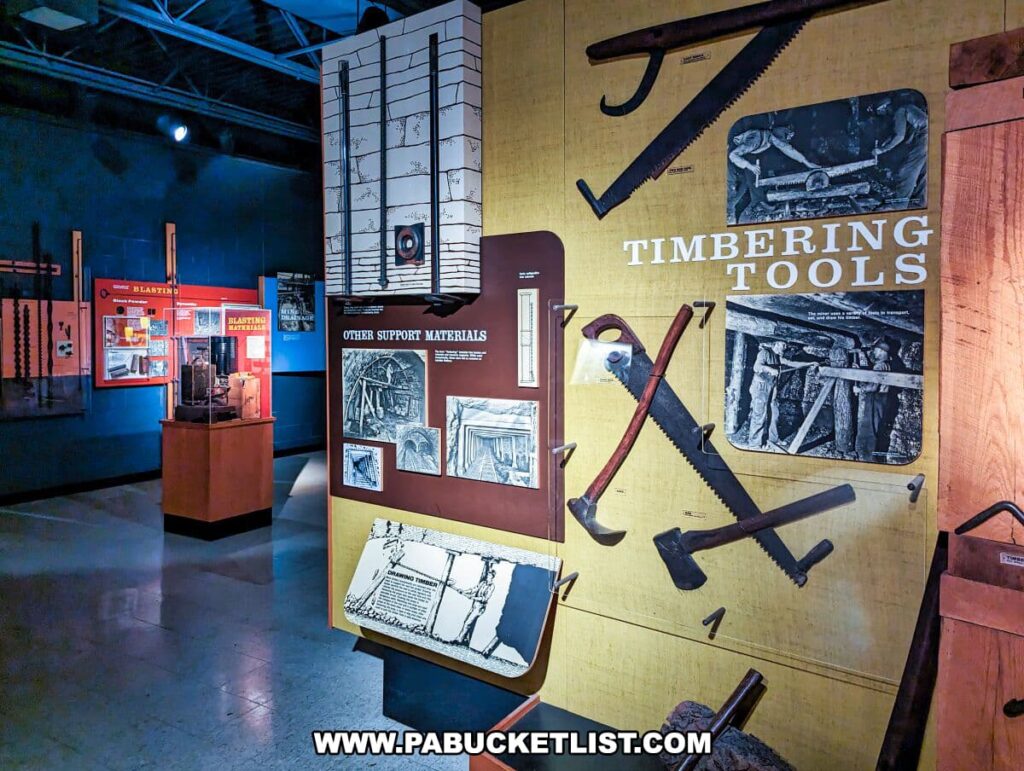
Tools of the trade – picks, shovels, lamps – are everywhere you look.
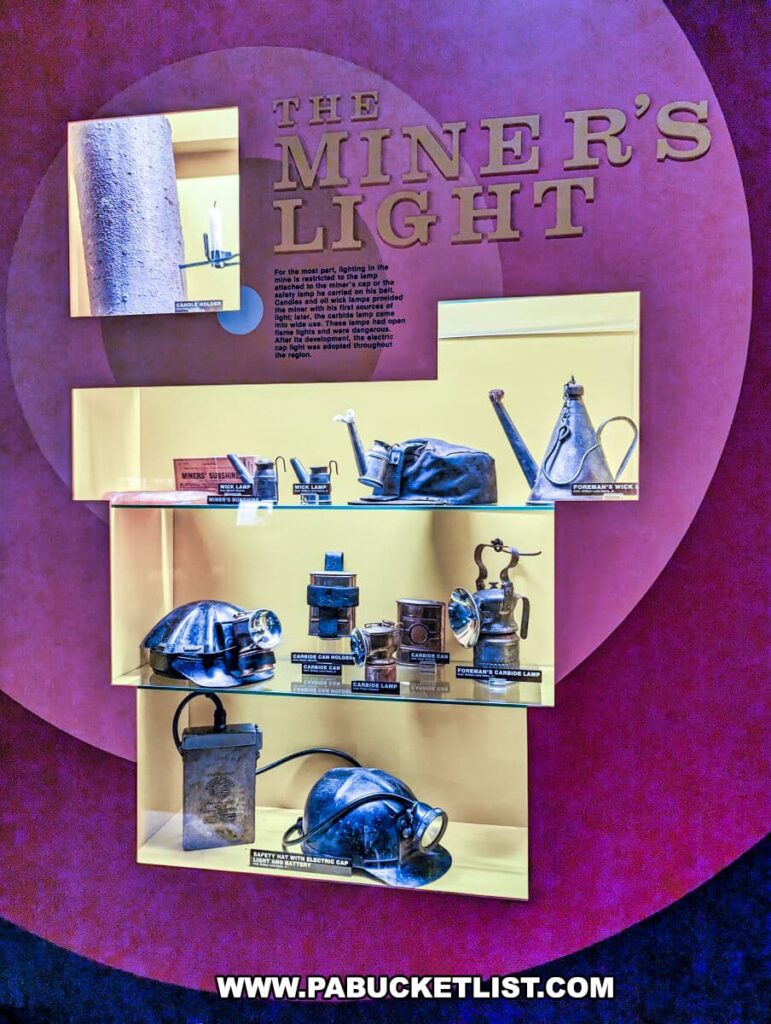
The ‘BLASTING MATERIALS’ exhibit shows the progression from dangerous black powder to the more stable explosives used today.
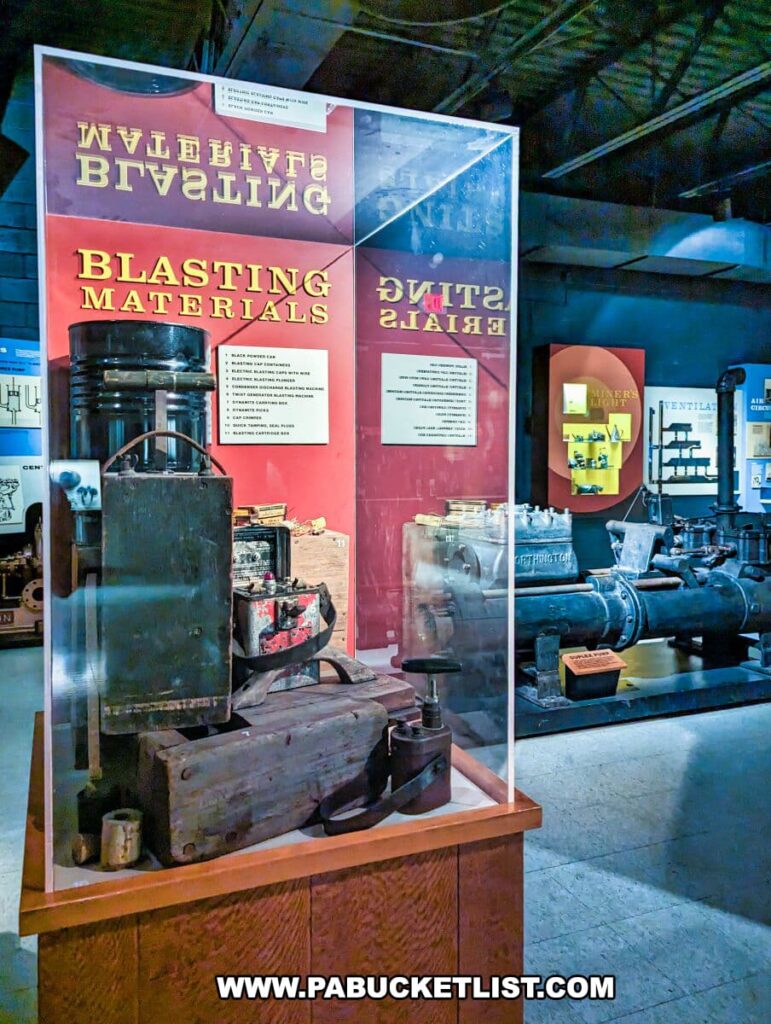
“More stable” being a relative term, as working with explosives is still risky business to this day.
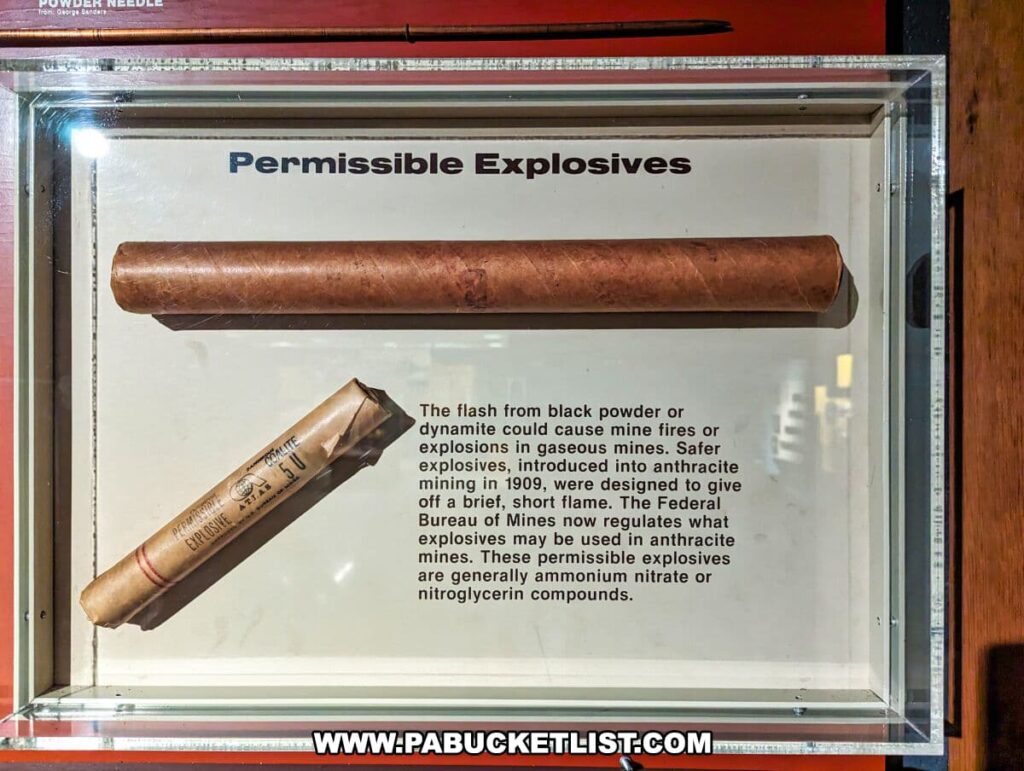
Safety measures, as demonstrated in the ‘MINE SAFETY’ exhibit, highlighted the dangers miners endured and the ongoing efforts to protect them.
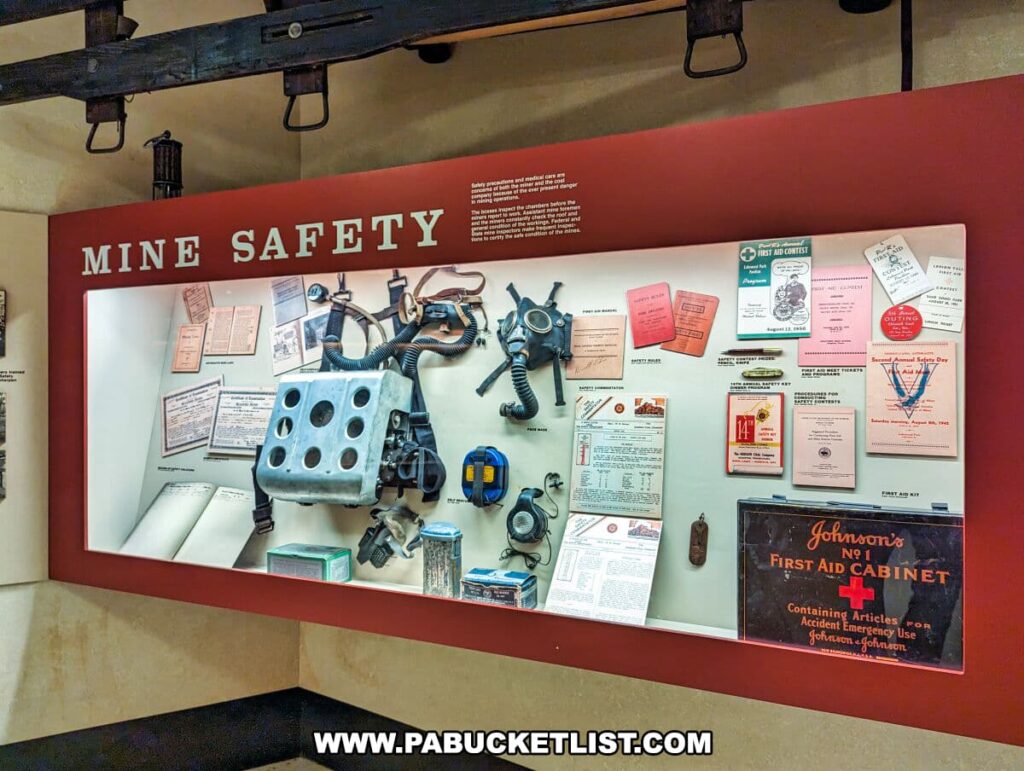
The exhibit on ‘SURFACE MINING’ reveals the sheer scale of coal mining operations and the advancement over time, from steam shovels to modern equipment.
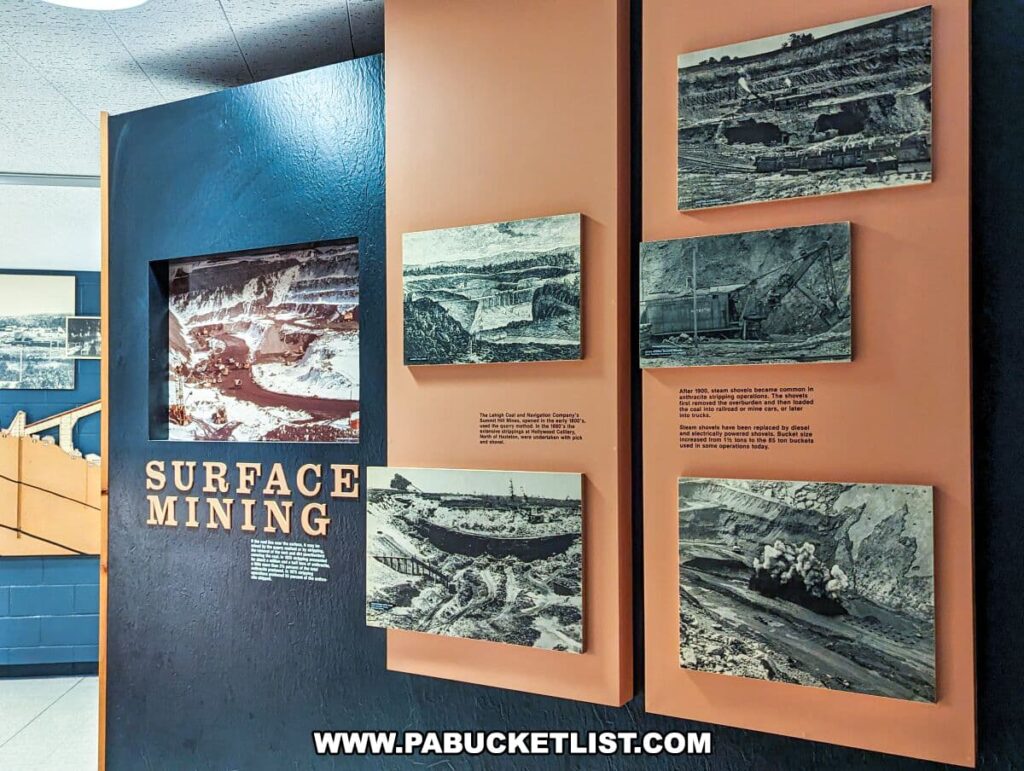
Another poignant aspect of the museum is the photo gallery, where black and white images of miners look back at you, their faces telling stories of hard work and perseverance.
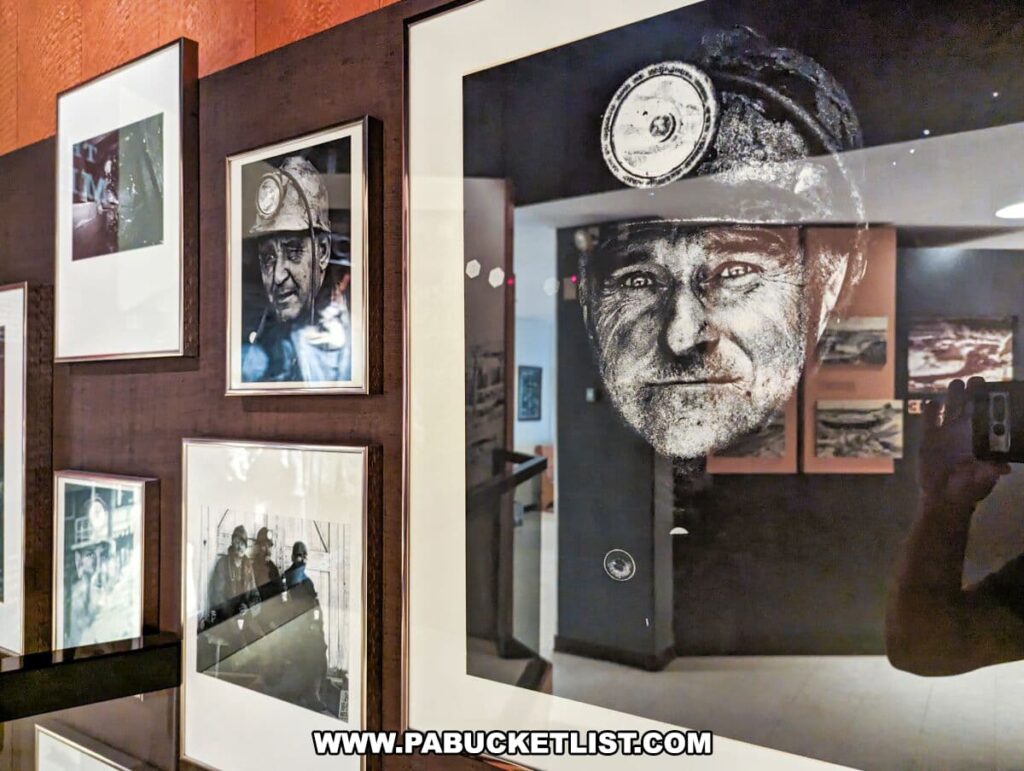
Emerging from the museum, you’ll have a newfound appreciation for the backbreaking labor that fueled America’s industrial revolution.
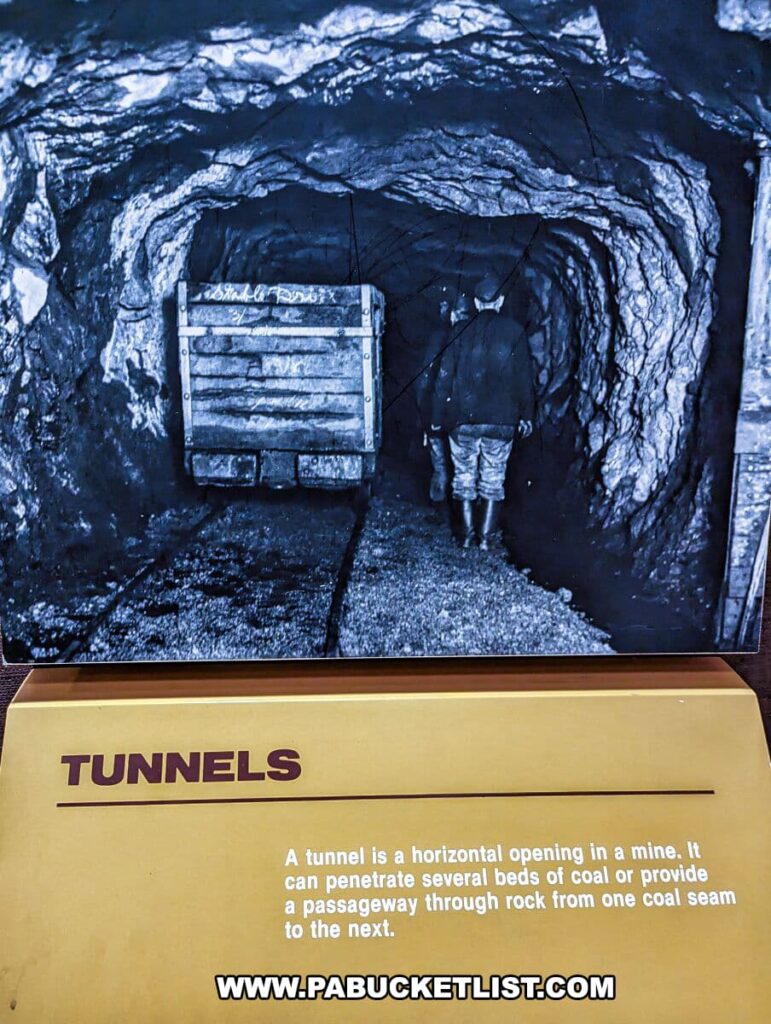
Final Thoughts
The Museum of Anthracite Mining serves not just as a repository of history, but as a monument to the human spirit and the transformative power of industry.
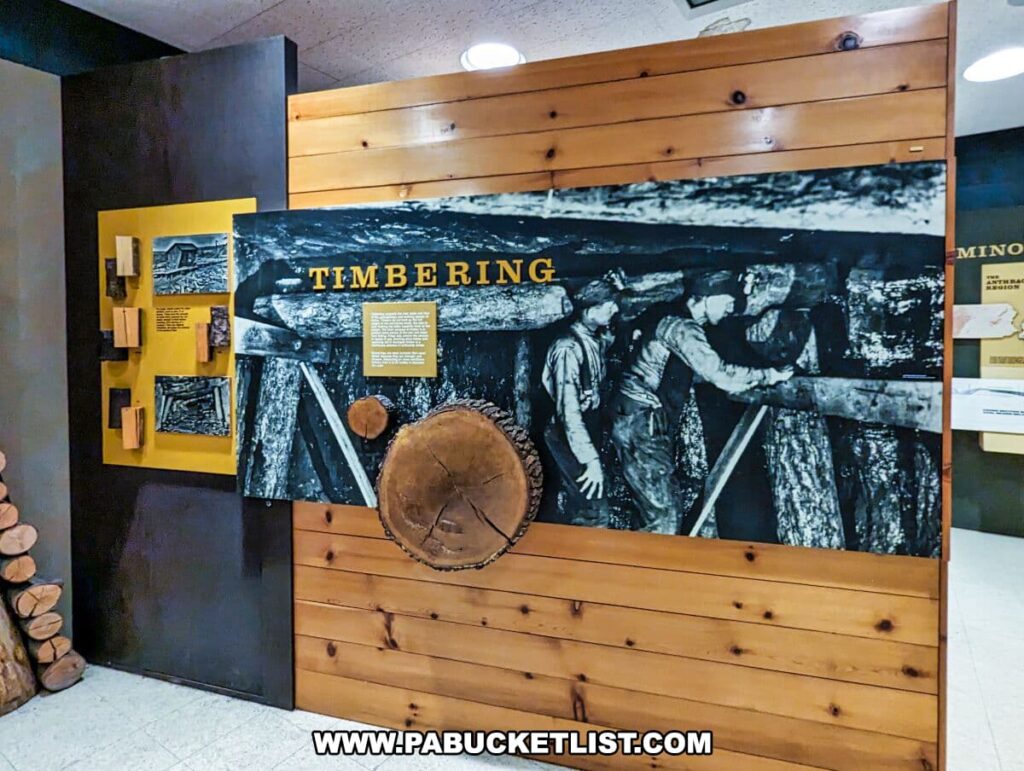
The museum’s hallways and exhibits are thoughtfully curated to not only educate but also immerse visitors in the life and times of coal miners.
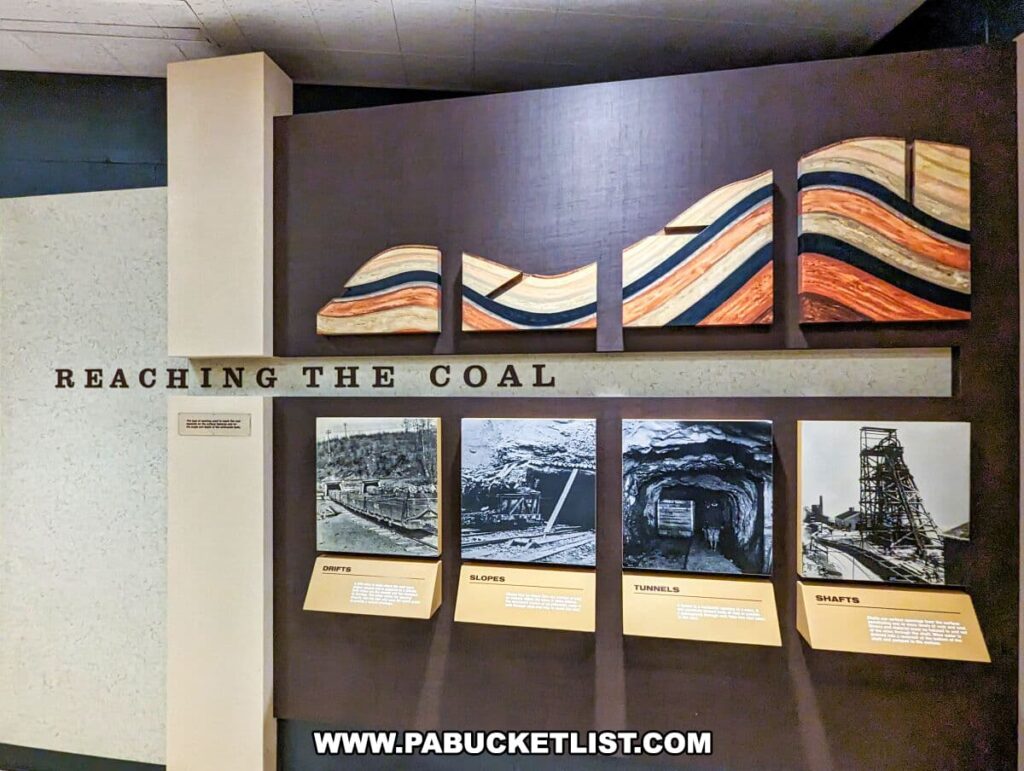
It’s a journey back to a time when black gold fueled the nation’s growth, a testament to human perseverance, and a reminder of the sacrifices made to keep the fires of America’s industrial revolution burning bright.
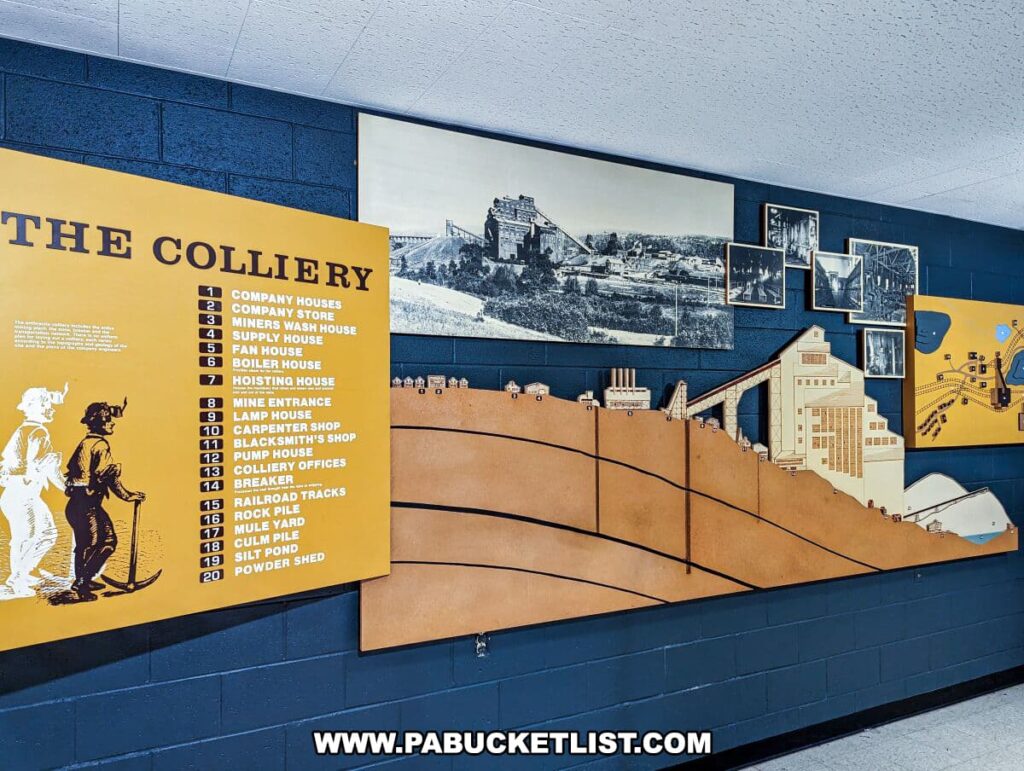
Nearby Attractions
For a truly immersive experience, combine your museum visit with a tour of the nearby Pioneer Tunnel, a real 19th-century coal mine that offers visitors a chance to ride a genuine mine train and explore the depths of a actual anthracite coal mine.
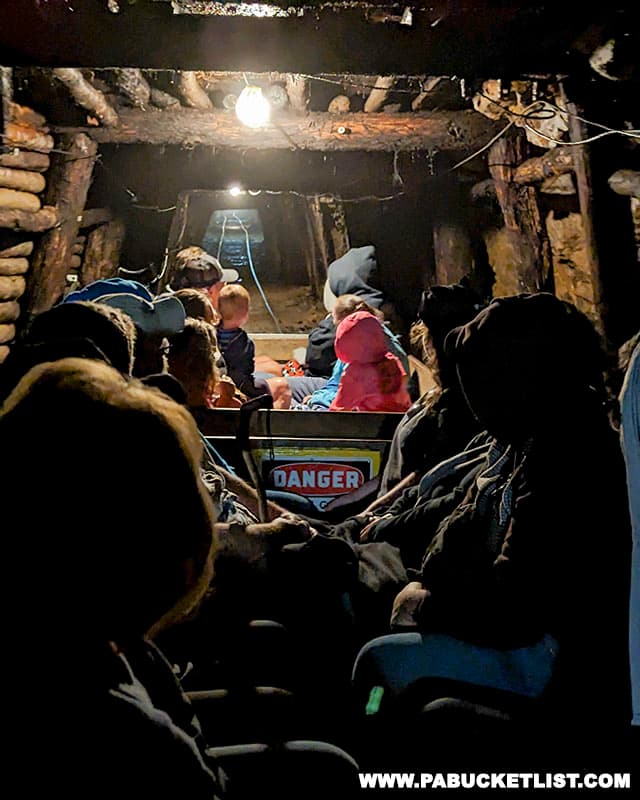
The Ashland Mothers Memorial, erected in 1938, is a seven foot high bronze sculpture in downtown Ashland, based on the 1871 painting known as “Whistler’s Mother”.
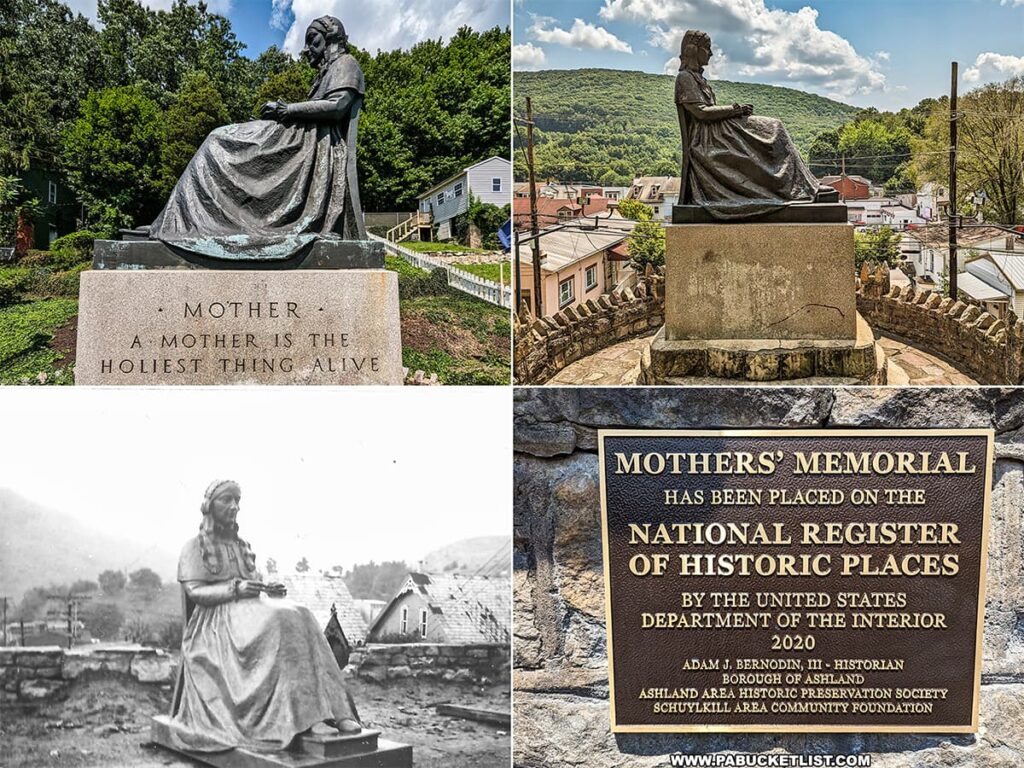
Visiting a Geyser That Isn’t A Geyser in Schuylkill County reveals the truth about the nearby “Big Mine Run Geyser”, a social media sensation which is in fact nothing more than water escaping from a flooded mine shaft.
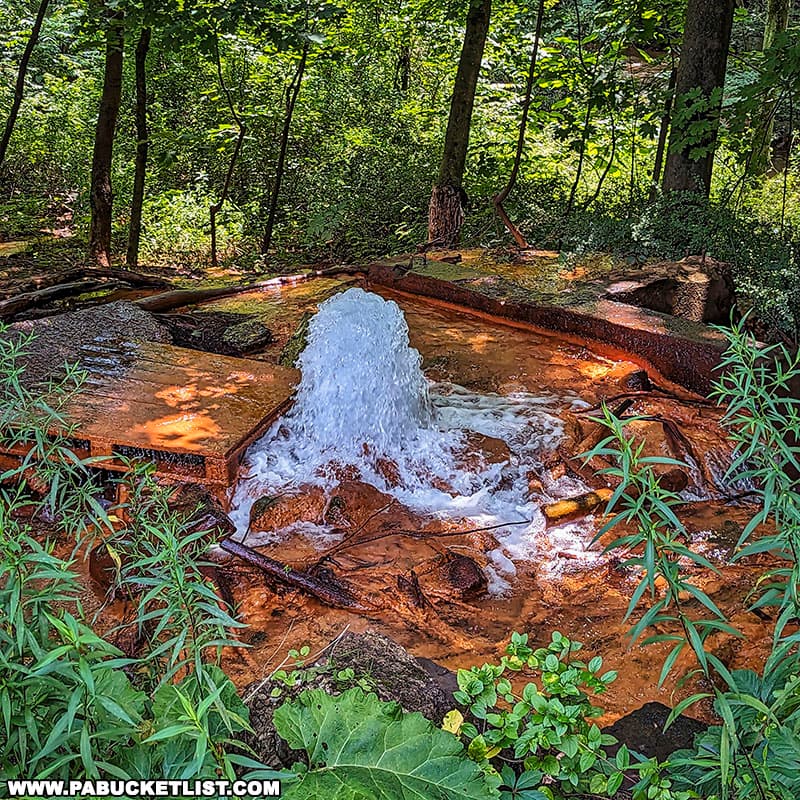
Did you enjoy this article?
If so, be sure to like and follow PA Bucket List on Facebook, Instagram, and/or Pinterest to learn more about the best things to see and do in Pennsylvania!
Click on any of the icons below to get connected to PA Bucket List on social media.


